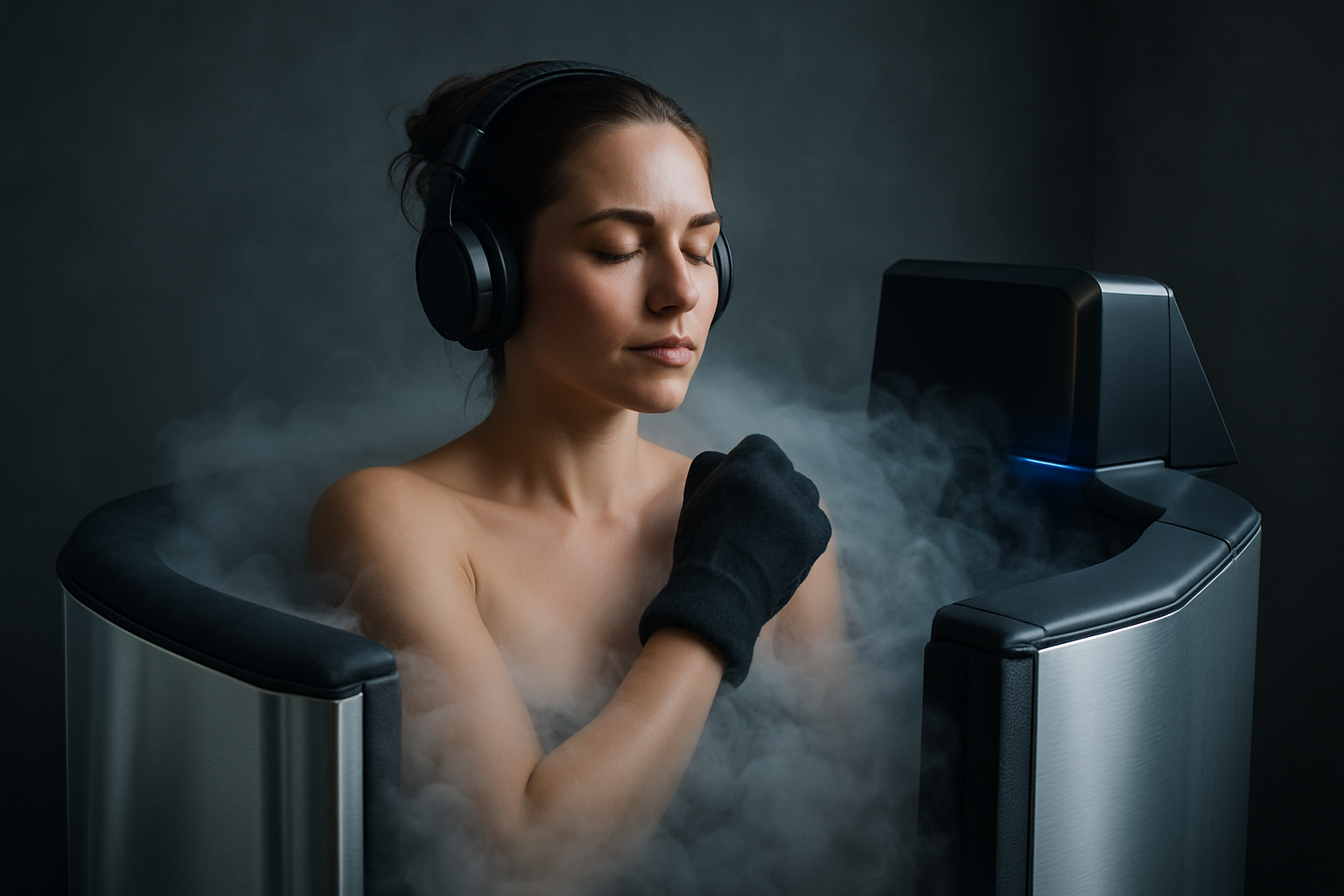The Enigmatic World of Autonomous Sensory Meridian Response
In the realm of digital content creation, a peculiar phenomenon has taken the internet by storm, captivating millions with its whispers, taps, and gentle sounds. Autonomous Sensory Meridian Response, or ASMR, has emerged as a cultural sensation, blurring the lines between art, therapy, and entertainment. This article delves into the intriguing world of ASMR, exploring its origins, impact, and the creative minds behind this auditory revolution.

The term ASMR was coined in 2010 by Jennifer Allen, a cybersecurity professional who sought to give a name to the sensation she and others had been experiencing. Prior to this, individuals who experienced these tingles often felt isolated, unable to articulate or share their experiences. Allen’s contribution not only provided a lexicon for discussing ASMR but also laid the groundwork for a community to form around this shared sensory experience.
The Science Behind the Tingles
Despite its popularity, the scientific understanding of ASMR remains in its infancy. Researchers are only beginning to scratch the surface of this intriguing neurological phenomenon. Early studies suggest that ASMR may be related to the release of endorphins, oxytocin, and other neurotransmitters associated with relaxation and pleasure.
Brain imaging studies have shown increased activity in regions associated with social bonding and grooming behaviors during ASMR experiences. This has led some researchers to hypothesize that ASMR might be an evolutionary remnant of primate grooming rituals, which served to strengthen social bonds and reduce stress within groups.
The Rise of ASMR Content Creators
As awareness of ASMR grew, so did the community of content creators dedicated to producing ASMR-inducing videos. These ASMRtists, as they’re often called, use a variety of techniques to trigger the tingles in their audience. Common triggers include whispering, tapping, crinkling sounds, and personal attention role-play scenarios.
Notable ASMRtists have amassed millions of followers across platforms like YouTube and Twitch. Creators like Gibi ASMR, ASMR Darling, and Gentle Whispering ASMR have turned their ability to induce tingles into full-fledged careers, collaborating with brands and even appearing in mainstream media.
ASMR as a Therapeutic Tool
Beyond its entertainment value, ASMR has gained attention for its potential therapeutic applications. Many viewers report using ASMR content to alleviate symptoms of anxiety, insomnia, and depression. While scientific evidence is still limited, anecdotal reports suggest that ASMR may have a calming effect on the nervous system, potentially offering a non-pharmacological approach to stress relief.
Some mental health professionals have begun incorporating ASMR techniques into their practice, particularly in the treatment of anxiety disorders and sleep disturbances. However, it’s important to note that ASMR is not a substitute for professional medical advice or treatment, and more research is needed to fully understand its potential benefits and limitations.
The Intersection of ASMR and Art
As ASMR has evolved, it has begun to intersect with various forms of artistic expression. Some ASMRtists have elevated their craft to an art form, creating elaborate scenarios, costumes, and set designs to enhance the immersive experience. This fusion of sensory stimulation and visual aesthetics has given rise to a new genre of performance art that challenges traditional notions of audience engagement.
Museums and galleries have also taken notice, with some institutions hosting ASMR-themed exhibitions and live performances. These events explore the boundaries between art, technology, and human sensation, inviting audiences to reconsider their relationship with sound and touch in a digital age.
Controversies and Misconceptions
Despite its growing popularity, ASMR has not been without controversy. One of the most persistent misconceptions is that ASMR content is inherently sexual in nature. While some viewers may find ASMR relaxing or pleasurable, the vast majority of creators and consumers emphasize that their interest is purely platonic and focused on relaxation and well-being.
Another point of contention lies in the commercialization of ASMR. As the genre has grown, so too has corporate interest in harnessing its appeal for marketing purposes. This has led to debates within the ASMR community about authenticity, artistic integrity, and the potential exploitation of a once-niche subculture.
The Future of ASMR
As ASMR continues to evolve, its future seems poised at the intersection of technology, art, and wellness. Virtual and augmented reality technologies offer new possibilities for immersive ASMR experiences, potentially enhancing the effectiveness of triggers and expanding the creative palette of ASMRtists.
Furthermore, as scientific research into ASMR progresses, we may gain deeper insights into its neurological mechanisms and potential therapeutic applications. This could lead to more targeted and effective uses of ASMR in fields such as mental health, sleep medicine, and stress management.
In conclusion, the world of ASMR represents a fascinating convergence of sensory experience, digital culture, and creative expression. As this phenomenon continues to captivate audiences and push the boundaries of art and entertainment, it serves as a reminder of the ever-evolving nature of human sensory experiences in the digital age. Whether viewed as a quirky internet trend or a legitimate therapeutic tool, ASMR has undeniably left its mark on contemporary culture, inviting us to explore the depths of our sensory perceptions and the power of subtle stimuli in an increasingly noisy world.





